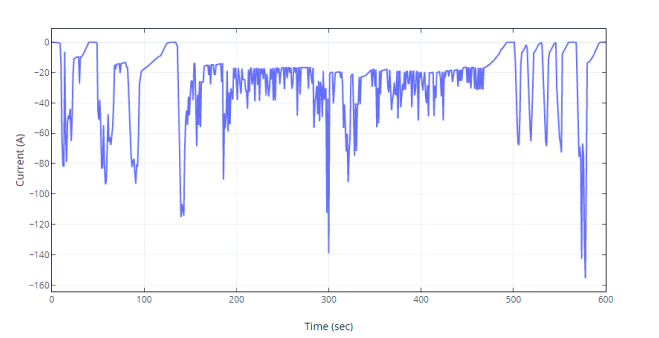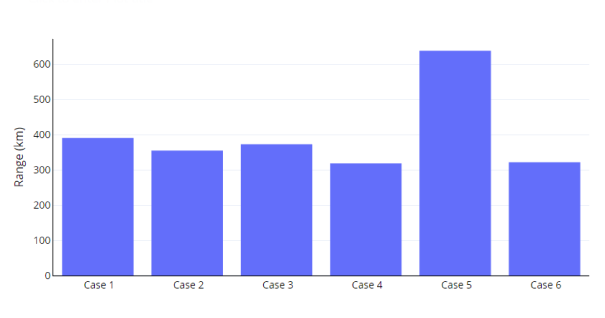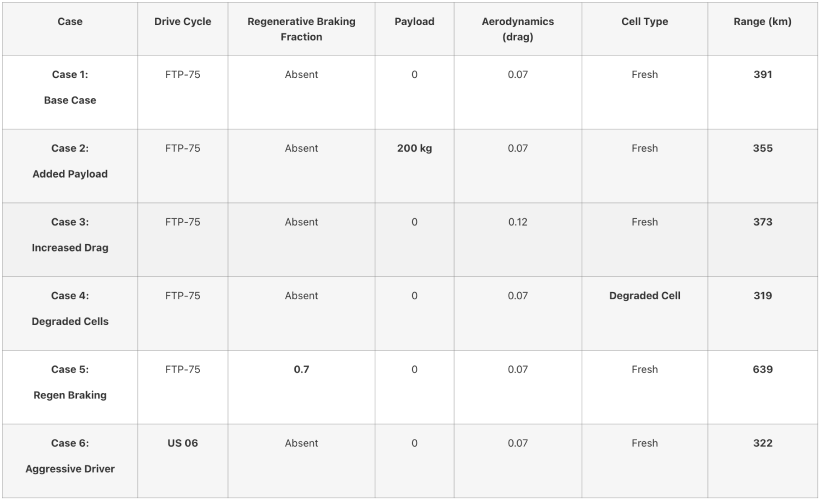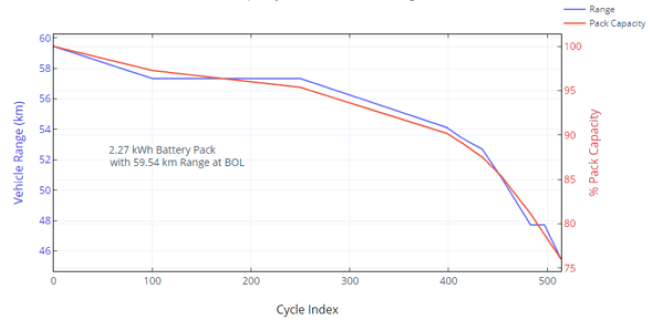India’s Electric Vehicle Market: A Look Back at 2023 Get...
Read MoreVineet Dravid
Founder, CEO oorja
With growing fuel costs and concerns about climate change caused by CO2 emissions, the popularity of electric vehicles is only set to grow. However, for EV adoption to truly gather pace, automotive OEMs must address the issue of range anxiety. What if I run out of charge in the middle of the road? What if I need to spend hours of my workday waiting for my vehicle to recharge? Range anxiety is one of the prominent hurdles towards faster adoption of EVs as a mainstream mode of mobility. According to a Volvo study in the US, 58 % of drivers avoided buying an electric car due to range anxiety.
Accurate prediction of range is challenging since there is a complex interplay of physical mechanisms at work within a cell which lead to changes in the range based on varying inputs. During a drive cycle, conditions such as the vehicle load, road gradients, drag, tire resistance, usage behaviour can lead to significant reduction in the range. Over several hundreds of cycles, cell degradation, once again driven by temperature, fast charging, and other such parameters can also impact the range of the vehicle.
Range prediction is often challenging
Range prediction in mobility solutions can be broadly broken into two categories:
• Range prediction at concept design stage
Different battery configurations, cooling strategies and BMS limits can be evaluated and tested for diverse real-life conditions using digital twins to understand their impact on range and thereby coming up with an optimized pack design as well as a control algorithm. Accurate insights at the design stage enable pack and vehicle designers to optimize the overall design and control systems to ensure range is maximized. Getting these insights is not an easy task. At the concept design stage, with no data in hand, it involves months of physics-based simulation which slows down the entire design process.
US06 Drive Cycle: Current Profile for Four Wheeler, Flat Terrain

Fig 1: Four-Wheeler Current Profile for US06 Standard, Terrain Type: Flat


Table 1: Range Prediction for a Four-wheeler Pack
• Online range prediction
Online range predictions for running vehicles are done using mathematical models which can also take months to build are prone to failure if the conditions are outside those captured by data.
The lack of confidence in range prediction data leads to overengineering, which in turn, results in OEMs allowing a range far lesser than the pack is capable of delivering. Up to 45% of cell level energy density is ‘lost’ as they are assembled into a pack.
This is one of the challenges that oorja is addressing through our hybrid, physics + ML, suite of tools. These tools enable fast and accurate range prediction both within a cycle as well as over the life of a battery pack. Users can input operating conditions to gamify range prediction at the design stage. Similarly, the information from the hybrid approach oorja uses for accurate degradation prediction can then be used to estimate how the range of a vehicle will decrease over the life of a vehicle.
Capacity Fade and Vehicle Range

Fig 2: Range variation with Capacity Degradation
Write to us at prajakta.sabnis@oorja.energy and explore how oorja can help you with accurate range predictions. Alternately, visit https://oorja.energy to book a demo.
Latest Blog Posts
Hybrid Modeling: Bridging Physics and Machine Learning
Hybrid Modeling: Bridging Physics and Machine Learning Get Started Contact...
Read MoreAccelerated Degradation Predictions using Hybrid (Physics+ML) Simulations
Accelerated Degradation Predictions using Hybrid (Physics+ML) Simulations Get Started Contact...
Read More


